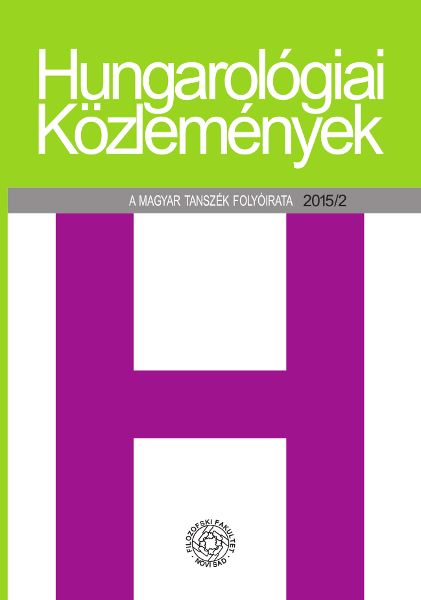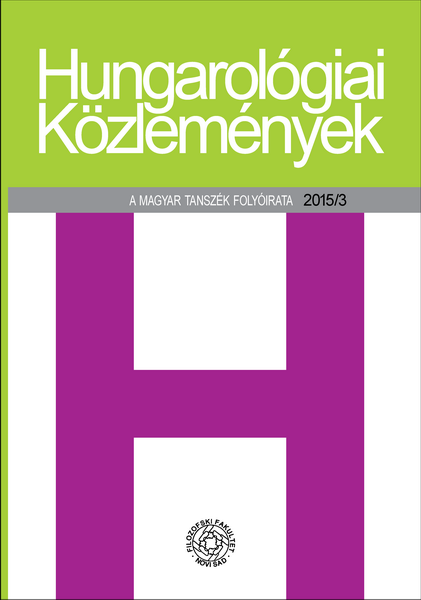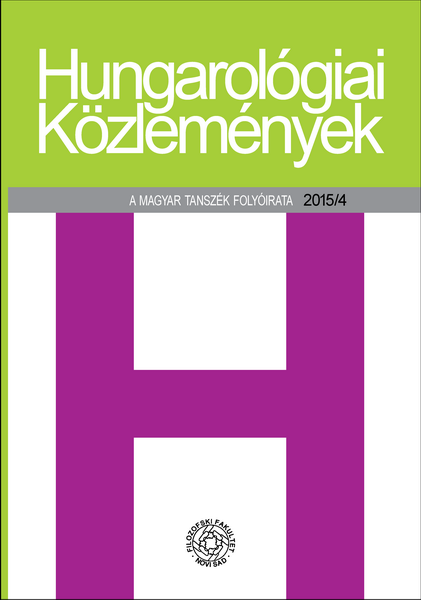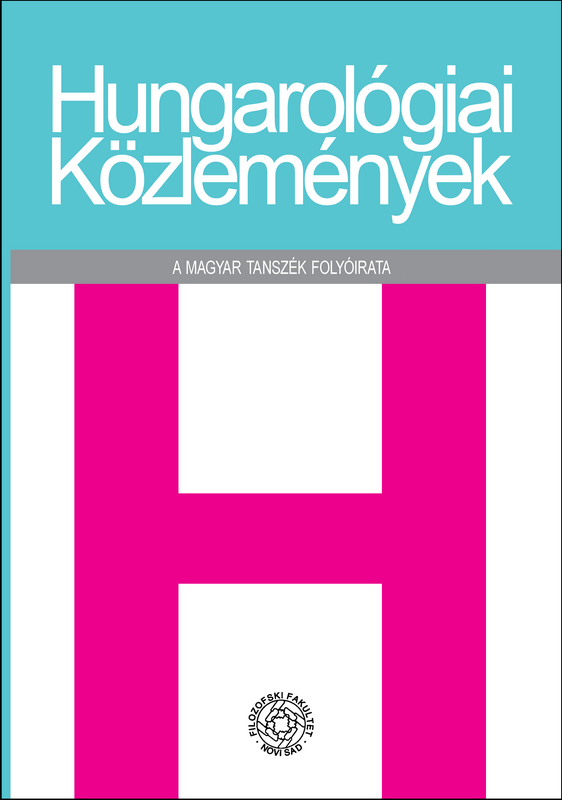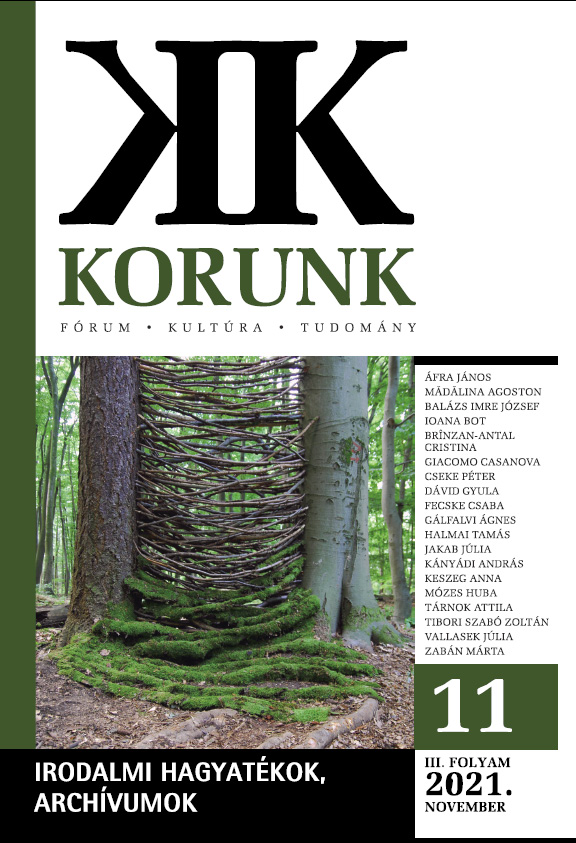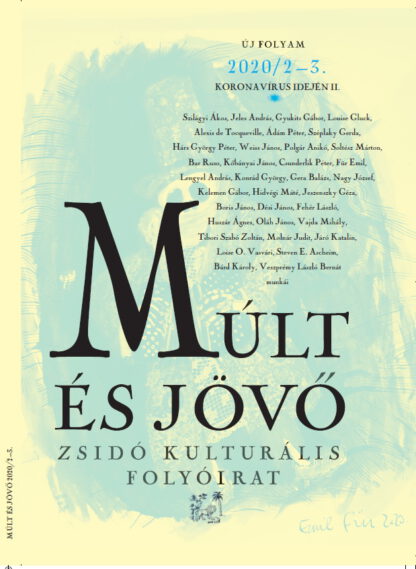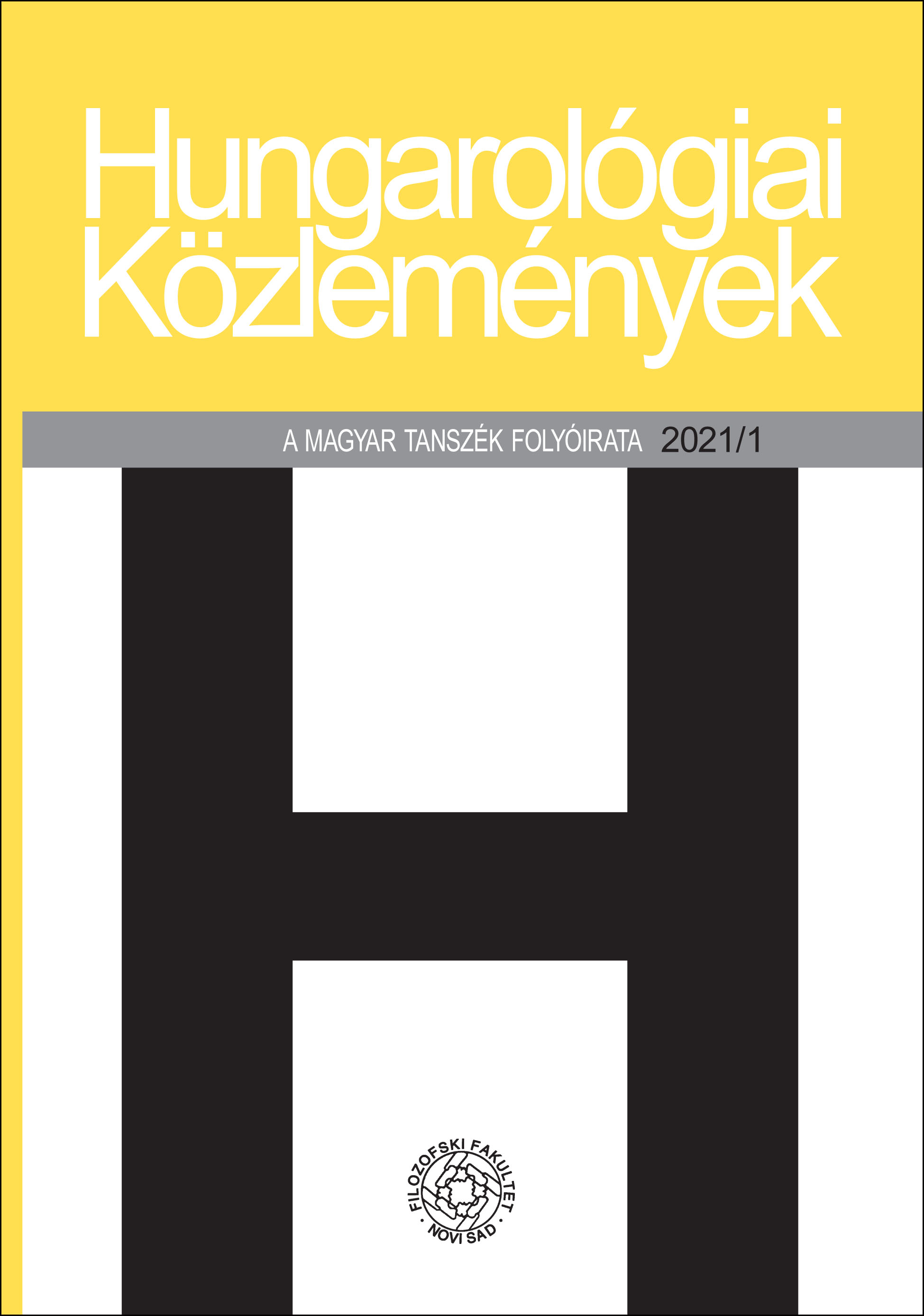
Egy kényszerhelyzet variációi
The main problem of the innovations of Géza Gárdonyi’s prose in the 1910’s is the following: “if you want to write a novel, you should begin by writing it in a 1/10 reduced form, a single scene short story”, “one should not design a novel as a novel, but as a short story”. And that scene must be highly emotionalized: “a novelist must seek for the character-creator thrill – the trouble, misery, difficulties, and exigencies that distress the character’s substance”. Gárdonyi’s short novels unfold a text from one single boundary situation (created by reductive devices of the short story’s prose language) by inventing its antecedents and after-effects. During the writing of Ábel és Eszter in 1905 Gárdonyi had already recognised the productivity of such a technique, but he applied it in another way. In my interpretation I would like to reveal the type of the textual world and existential sense that derives from a work which consists of the variations of one single boundary situation.
More...
